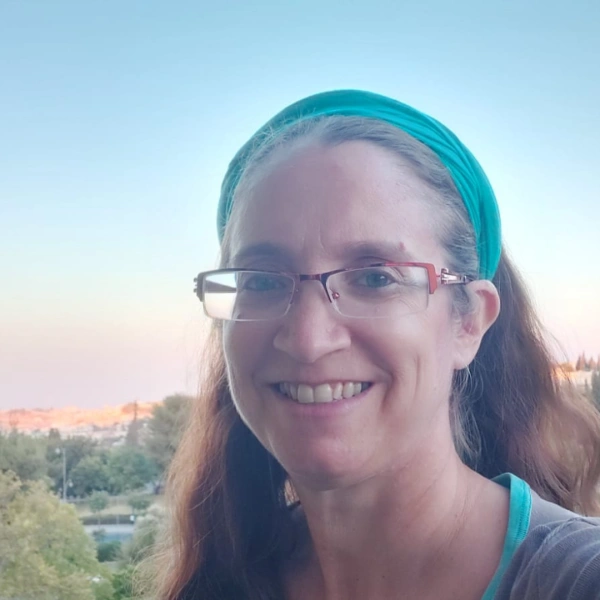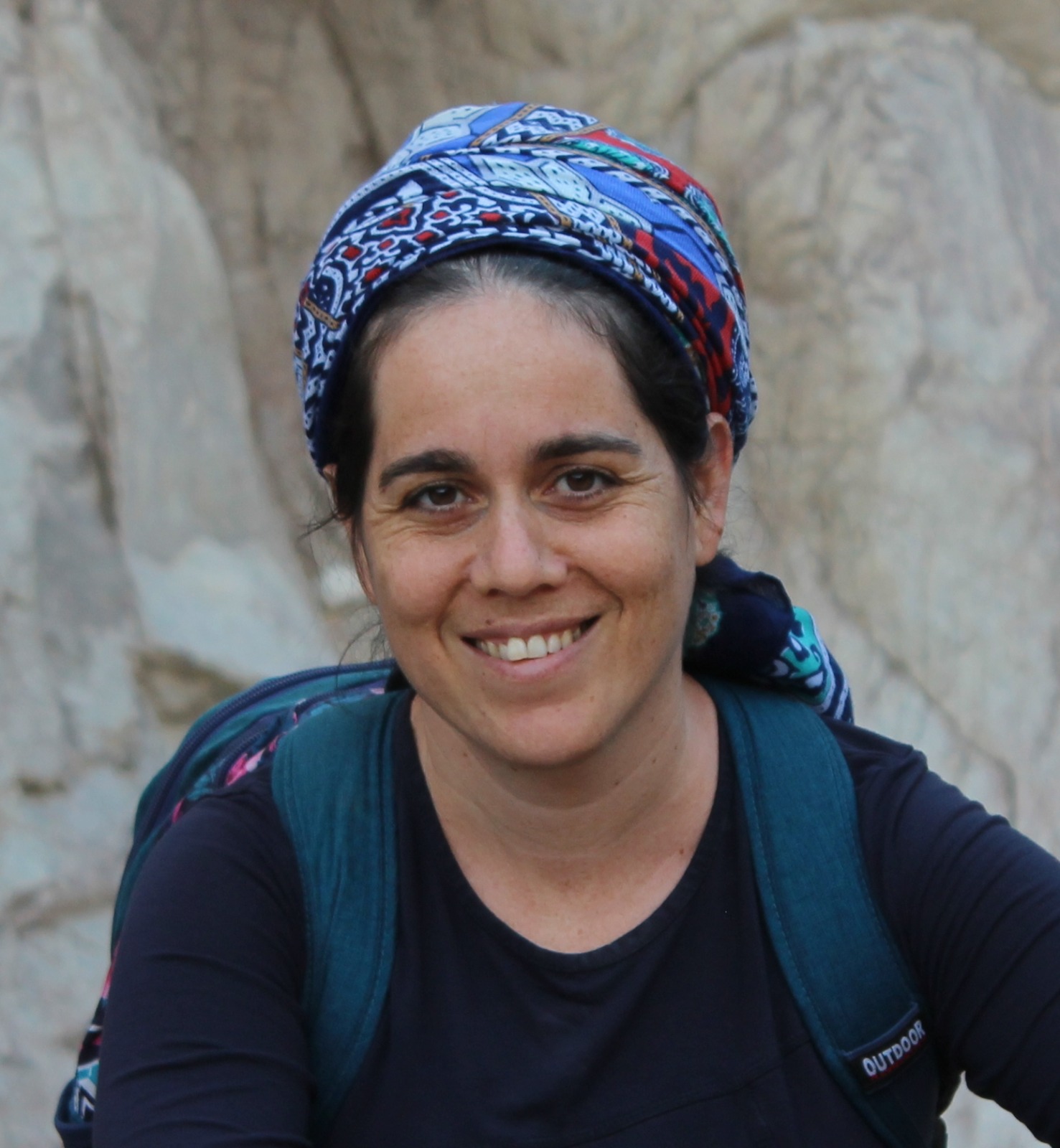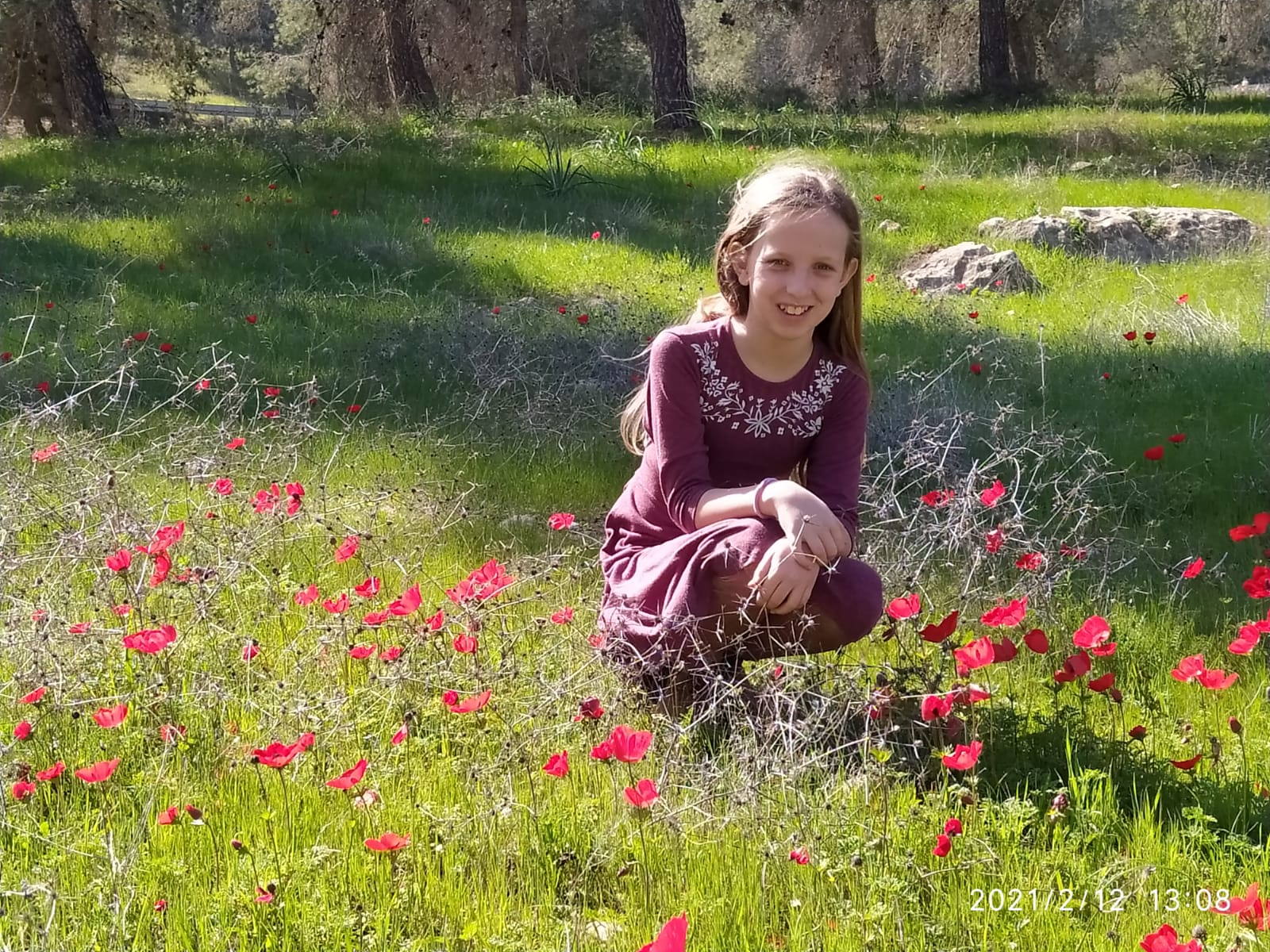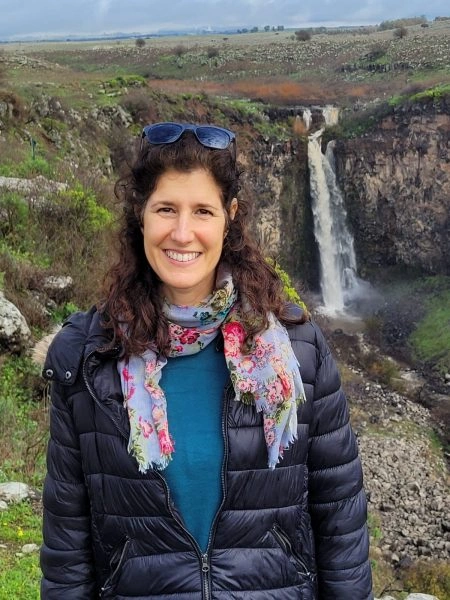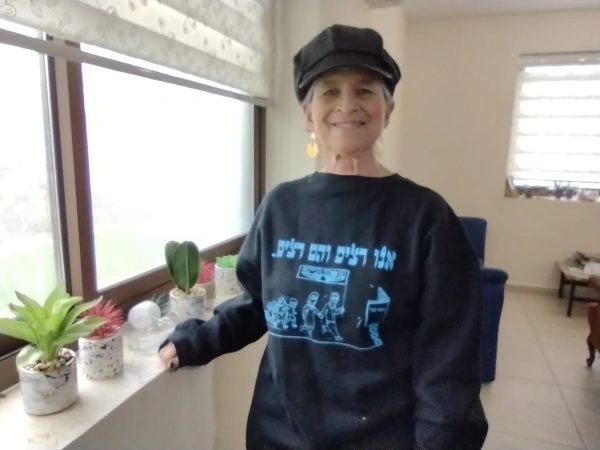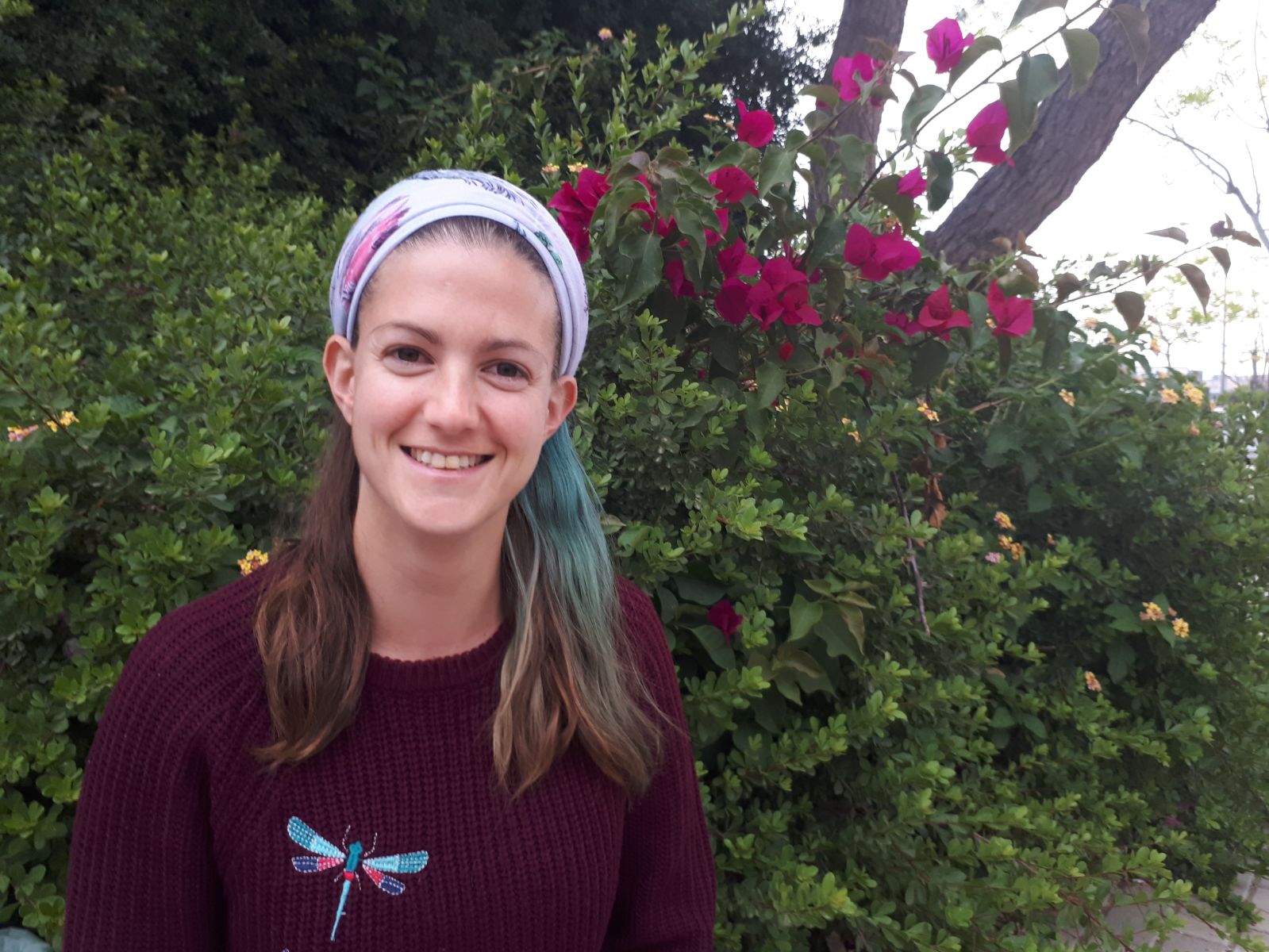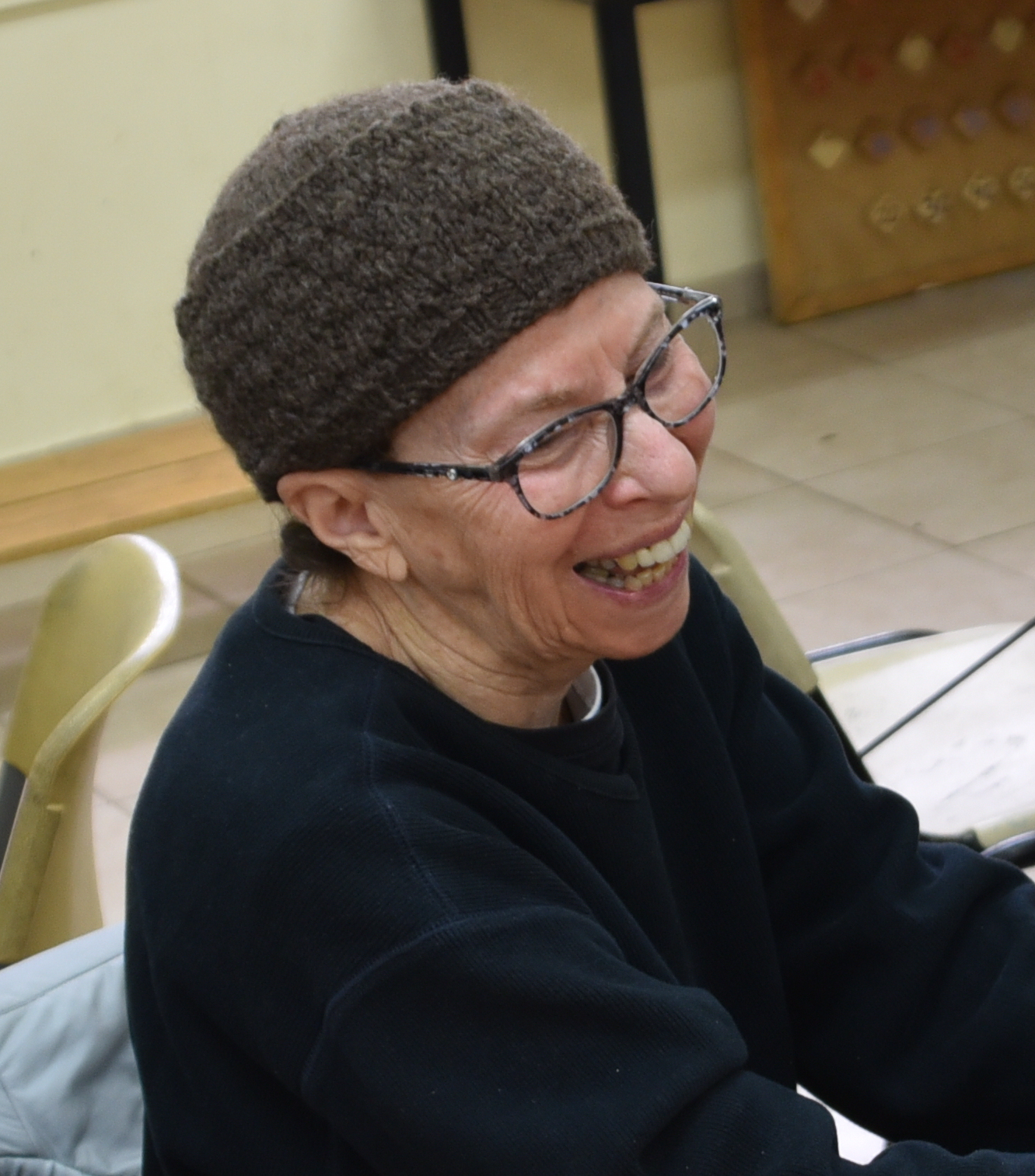מחט שנמצאת בעובי בית הכוסות – מתי ייחשב טריפה? מהן פרטי ההלכה בקשר לבהמה שנפלה מן הגג או נפלה מגובה עשרה טפחים?
לימוד השבוע מוקדש ע”י טינה לם לע”נ יצחק מאיר בן הרב צבי אריה ואסתר בתיה.
רוצים להקדיש למידה? התחל כאן:
לימוד השבוע מוקדש ע”י טינה לם לע”נ יצחק מאיר בן הרב צבי אריה ואסתר בתיה.
העמקה
רוצה להבין מה באמת קורה מתחת לפני השטח של הסוגיה?
שיעורים, פודקאסטים והרחבות של מיטב המורות שלנו יפתחו לך עוד זוויות וכיווני חשיבה.
חדשה בלימוד הגמרא?
זה הדף הראשון שלך? איזו התרגשות עצומה! יש לנו בדיוק את התכנים והכלים שיעזרו לך לעשות את הצעדים הראשונים ללמידה בקצב וברמה שלך, כך תוכלי להרגיש בנוח גם בתוך הסוגיות המורכבות ומאתגרות.
פסיפס הלומדות שלנו
גלי את קהילת הלומדות שלנו, מגוון נשים, רקעים וסיפורים. כולן חלק מתנועה ומסע מרגש ועוצמתי.
חולין נא
בידוע שלפני שחיטה לא נמצא עליה קורט דם בידוע שלאחר שחיטה
it is certain that the perforation was created before the slaughter of the animal, and it is therefore a tereifa. If a drop of blood is not found on it, it is certain that it occurred after the slaughter, when the blood of the animal had stopped flowing. The animal is therefore kosher.
הגליד פי המכה בידוע ששלשה ימים קודם שחיטה לא הגליד פי המכה המוציא מחבירו עליו הראיה
If a scab covered the opening of the wound, i.e., the perforation, it is certain that the perforation occurred three days before the slaughter. Consequently, if the animal was sold less than three days before the slaughter, the buyer can claim that the transaction was performed in error, as he did not intend to purchase a tereifa animal, and the seller must refund the buyer. If a scab did not cover the opening of the wound, and it is uncertain whether the perforation occurred before or after the animal was purchased, the burden of proof rests upon the claimant. Accordingly, the buyer must furnish proof that the perforation occurred before the purchase in order to demand a refund.
ומאי שנא מכל נקובי דעלמא דאע”ג דליכא דם טריף מר התם ליכא מידי למיסרך הכא כיון דאיכא מחט אי איתא דקודם שחיטה הוא מיסרך הוה סריך
The Gemara asks: But in what way is this case different from all other perforations, where even though there is no blood on the wound the Master deems the animal a tereifa? The Gemara responds: There, in all other cases, there is nothing to which the blood can attach. Even if the wound had bled, the blood would be reabsorbed into the flesh. Here, since there is a needle, it follows that if it is the case that the perforation occurred before slaughter, blood from the wound would have attached to the needle. Accordingly, if there is no blood on the needle, it is certain that the perforation occurred after slaughter.
א”ל רב ספרא לאביי חזי מר האי צורבא מרבנן דאתא ממערבא ואמר רב עוירא שמני ואמר מעשה ובא לפני רבי מחט שנמצאת בעובי בית הכוסות מצד אחד וטרפה שלח ליה לא אתא לגביה אזל הוא לגביה הוה קאי אאיגרא אמר ניחות מר וניתי לא נחית סליק הוא לגביה א”ל אימא לי גופא דעובדא היכי הוה
The Gemara relates that Rav Safra said to Abaye: Did the Master see a Torah scholar who came from the West, Eretz Yisrael, and said: My name is Rav Avira? He said that there was an incident that came before Rabbi Yehuda HaNasi involving a needle that was found in the thickness of the reticulum protruding from only one side, and he deemed the animal a tereifa. Abaye sent a message to Rav Avira calling for him to come and explain the matter, since this contradicts the baraita that states that the animal is a tereifa only if the needle protrudes from both sides. Rav Avira did not come before him, so Abaye went before Rav Avira. Rav Avira was standing on the roof. Abaye said to him: Let Master descend and come, but Rav Avira did not descend. Abaye ascended to him and said to him: Say to me, what were the circumstances of the incident itself?
אמר ליה מפטיר כנסיות אנא לעילא מרבי רבה והוה רב הונא ציפוראה ורבי יוסי מדאה יושבין לפניו ובאת לפני רבי מחט שנמצאת בעובי בית הכוסות מצד אחד והפכה רבי ומצא עליה קורט דם וטרפה ואמר אם אין שם מכה קורט דם מנין אמר ליה טרח טרייה לההוא גברא מתניתין היא המסס ובית הכוסות שניקבו לחוץ:
Rav Avira said to him: I am a director of assemblies in the study hall. I was standing above the Great Rabbi Yehuda HaNasi, and Rav Huna of Tzippori and Rabbi Yosei of Media were sitting before him, and a needle came before Rabbi Yehuda HaNasi that was found in the thickness of the reticulum protruding from one side, i.e., the inside, and Rabbi Yehuda HaNasi turned the reticulum over and found a drop of blood on the outside, parallel to the wound on the inside, and he deemed the animal a tereifa. And he said: If there is no wound on the outside there as well, from where is this drop of blood? Abaye said to Rav Avira: He caused that man trouble needlessly, i.e., you troubled me for no reason. This is nothing more than the mishna, which states that an animal is a tereifa if the omasum or the reticulum was perforated to the outside.
נפלה מן הגג: אמר רב הונא הניח בהמה למעלה ובא ומצאה למטה אין חוששין משום ריסוקי אברים
§ The mishna states: An animal that fell from the roof is a tereifa, since its limbs may have been shattered. Rav Huna says: If one left an animal above, on the roof, and he came back and found it below, but did not see it fall, one need not be concerned with regard to the shattering of limbs. One may presume that it jumped intentionally and was not injured.
ההוא גדיא דהו”ל לרבינא דחזא חושלא באיפומא דגר נפל מאיגרא לארעא אתיא לקמיה דרב אשי א”ל הא דאמר רב הונא הניח בהמה למעלה ובא ומצאה למטה אין חוששין משום ריסוקי אברים משום דאית לה מידי למסרך והאי לית ליה מידי למסרך או דלמא משום דאמדה נפשה והאי נמי אמדה נפשה
The Gemara relates: There was a certain kid belonging to Ravina that saw barley groats through an open skylight. It jumped down through the skylight and fell from the roof to the ground. The case came before Rav Ashi, and Ravina said to him: What is the rationale for this statement that Rav Huna says, that if one left an animal above and he came back and found it below, one need not be concerned about the possible shattering of limbs? Is it because the animal usually has something to grab hold of? If so, since this kid jumped through a skylight, it did not have something to grab hold of, and one must be concerned. Or perhaps it is because the animal evaluates itself and determines that it can jump without injury. If so, this kid also evaluated itself before jumping, and one need not be concerned.
אמר ליה משום דאמדה נפשה והאי נמי אמדה נפשה
Rav Ashi said to him: It is because the animal evaluates itself before jumping, and this kid also evaluated itself before jumping. Therefore, one need not be concerned about the possible shattering of limbs.
ההיא אימרתא דהוה בי רב חביבא דהוו שדרן כרעיה בתרייתא אמר רב יימר האי שיגרונא נקטיה מתקיף לה רבינא ודלמא חוט השדרה איפסיק בדקוה אשכחוה כרבינא ואפ”ה הלכתא כרב יימר שגרונא שכיח חוט השדרה לא שכיח
The Gemara relates that there was a certain ewe that was in the house of Rav Ḥaviva, whose hind legs would drag. Rav Yeimar said: This ewe suffers from rheumatism [shigrona], and this is why she drags her legs. Ravina objects to this: But perhaps the spinal cord was cut, and this is why the ewe dragged her legs, and the animal is a tereifa. They inspected her and found that the spinal cord was cut, as Ravina said. The Gemara notes: And even so, the halakha is in accordance with the opinion of Rav Yeimar, since rheumatism is common, but a cut spinal cord is not common. Accordingly, one need not be concerned about the possibility of a cut spinal cord.
אמר רב הונא זכרים המנגחין זה את זה אין חוששין משום ריסוקי אברים אף ע”ג דמידוו וקיימי צימרא בעלמא הוא דנקט להו אי נפול לארעא ודאי חיישינן
Rav Huna also says: With regard to rams that butt one another, one need not be concerned with regard to shattering of limbs. Even though they are in pain and stand still, it is only a fever that afflicts them; one need not be concerned about the possibility of severe injuries. But if they fall to the ground due to the impact, we certainly must be concerned that their limbs may have been shattered.
אמר רב מנשי הני דכרי דגנבי גנבי אין חוששין משום ריסוק אברים מאי טעמא כי שדו להו אמתנייהו שדו להו כי היכי דלירהטי קמייהו אהדרינהו ודאי חיישינן והני מילי דאהדרינהו מחמת יראה אבל מחמת תשובה תשובה מעלייתא הוא דעבדי
Rav Menashei says: With regard to these rams that thieves steal and throw over the fence, one need not be concerned with regard to the shattering of limbs. What is the reason for this? When the thieves throw them over the fence, they throw them so that they land on their hips, where they will not be injured, so that they will be able to run before them. But if the thieves returned them to the owner, we certainly must be concerned that their limbs may have been shattered, since thieves do not throw them carefully when returning them. And this statement applies only when they return them due to fear of being caught, or are otherwise forced to return them. But if they return them due to repentance, they have performed full-fledged repentance and will take care to return them without injury.
אמר רב יהודה אמר רב הכה על ראשה והלכה לה כלפי זנבה על זנבה והלכה לה כלפי ראשה כנגד כל השדרה כולה אין חוששין משום ריסוקי אברים ואי שלים חוטרא אפלגי דגבא חיישינן ואי אית בה קיטרי חיישינן ואי מחיי אפסקיה חיישינן
Rav Yehuda says that Rav says: If one hit an animal on its head with a stick, and the length of the stick continued toward its back; or if one hit the animal on its tail and the length of the stick continued toward its head, such that in either case the blow extended along the entire spine, one need not be concerned with regard to the shattering of limbs. But if the length of the stick concluded at the middle of the back, we must be concerned that the strike caused an injury to the spine. And if there are knots, i.e., protrusions, on the stick, we must be concerned that it injured the spine, even if the stick fell across the entire back. And if he struck it like a slash across the width of the back, we must be concerned that it injured the spine.
אמר ר”נ בית הרחם אין בו משום ריסוקי אברים א”ל רבא לר”נ תניא דמסייע לך תינוק בן יום אחד
§ Rav Naḥman says: The womb is not subject to concern about possible shattered limbs. In other words, one need not be concerned that the limbs of a newborn calf may have been shattered by the narrow birth canal. Rava said to Rav Naḥman: That which is taught in a baraita supports your opinion: A one-day-old infant
מטמא בזיבה ואי ס”ד יש בו משום ריסוקי אברים איקרי כאן מבשרו ולא מחמת אונסו
becomes ritually impure if he experiences a gonorrhea-like discharge [ziva]. And if it should enter your mind that a newborn is subject to concern about possible shattered limbs, read here the ruling stated with regard to ziva, that one’s discharge renders one impure only when it issues “out of his flesh” (Leviticus 15:2), but not when it issues due to circumstances beyond his control, e.g., due to illness. Therefore, if one must be concerned that a newborn’s limbs may have shattered during birth, his discharge would not render him impure.
הכא במאי עסקינן כגון שיצא דרך דופן
The Gemara responds: One cannot bring a proof from this baraita, since here we are dealing with a case where the infant left the womb by caesarean section and did not exit through the narrow birth canal. By contrast, after normal births, a newborn’s discharge does not render it impure, since one is concerned about the possibility of shattered limbs.
ת”ש עגל שנולד בי”ט שוחטין אותו בי”ט ה”נ כגון שיצא דרך דופן
The Gemara suggests: Come and hear proof from a baraita: If a calf was born on a Festival, one may slaughter it and eat it on the Festival. One need not wait twenty-four hours before deeming the animal kosher, as one does for an animal that fell from a roof. Apparently, one need not be concerned that its limbs were shattered during the birth. The Gemara responds: Here, too, the baraita is referring to a case where the calf left the womb by caesarean section. But after normal births, one must wait twenty-four hours before slaughtering the calf.
ת”ש ושוין שאם נולד הוא ומומו עמו שזה מן המוכן וכי תימא ה”נ שיצא דרך דופן דרך דופן מי קדוש והא א”ר יוחנן מודה היה ר”ש לענין קדשים שאינו קדוש
The Gemara suggests: Come and hear proof from another baraita: And all agree that if a firstborn animal was born on a Festival and its blemish was born with it, i.e., if it was born with a blemish that removes its sanctity and renders it permitted for consumption, it is considered to be prepared for the Festival and may be eaten. Evidently, one need not wait twenty-four hours before deeming it kosher. And if you would say that here too, the baraita deals with a case where the animal left the womb by caesarean section, one might respond: Is a firstborn animal born by caesarean section sanctified? But doesn’t Rabbi Yoḥanan say: Rabbi Shimon would concede with regard to sacrificial animals, e.g., a firstborn, that an animal born by caesarean section is not sanctified? Therefore, the baraita must be referring to an animal born naturally.
הב”ע שהפריס על גבי קרקע
The Gemara responds: Here we are dealing with a firstborn that spread out its legs on the ground and stood up immediately after birth. In such a case the animal is certainly not a tereifa on account of shattered limbs.
ואמר ר”נ בית המטבחים אין בו משום ריסוקי אברים
§ And Rav Naḥman says: If an animal was thrown to the ground in the slaughterhouse in preparation for slaughter, it is not subject to concern for shattered limbs.
ההוא תורא דנפל ואישתמע קל נגיחותיה על רב יצחק בר שמואל בר מרתא שקל משופרי שופרי אמרי ליה רבנן מנא לך הא א”ל הכי אמר רב צפרניו נועץ עד שמגיע לארץ
The Gemara relates: A certain bull fell in the slaughterhouse, and its bellowing was audible due to the blow. Still, Rav Yitzḥak bar Shmuel bar Marta entered and took from the very best portions of the bull and was not concerned that it may have been a tereifa. The Sages said to him: From where did you learn this? Rav Yitzḥak bar Shmuel bar Marta said to them: This is what Rav said: When falling, the bull digs in its hooves until it reaches the earth. Therefore, one need not be concerned that it fell roughly.
א”ר יהודה אמר רב עמדה אינה צריכה מעת לעת בדיקה ודאי בעיא הלכה אינה צריכה בדיקה רב חייא בר אשי אמר אחת זו ואחת זו צריכה בדיקה
§ Rav Yehuda says that Rav says: If an animal fell and stood up again, it does not require a twenty-four-hour period mentioned in the mishna (56b) to determine if it may be slaughtered. Nevertheless, it certainly requires inspection after slaughter to determine whether it was injured by the fall and rendered a tereifa. But if it both stood up and walked after the fall, it does not even require inspection after slaughter. Rav Ḥiyya bar Ashi says: Both in this case and in that case, i.e., even if it walked after the fall, it requires inspection.
אמר רב ירמיה בר אחא אמר רב פשטה ידה לעמוד אע”פ שלא עמדה עקרה רגלה להלך אע”פ שלא הלכה ורב חסדא אמר ניערה לעמוד אע”פ שלא עמדה
Rav Yirmeya bar Aḥa says that Rav says: If the animal stretched out its foreleg to stand, even if it did not actually stand, it is considered to have stood and does not require a twenty-four-hour waiting period. If it raised its leg to walk, even if it did not actually walk, it is considered to have walked and does not require inspection according to Rav. And Rav Ḥisda says: Even if it did not stretch out its foreleg, but simply struggled to stand, even if it did not stand, it is considered to have stood and may be slaughtered that day.
(והלכתא היכא דנפלה מן הגג בדלא ידעה ועמדה ולא הלכה צריכה בדיקה ואינה צריכה מעת לעת ואם הלכה אפילו בדיקה נמי לא צריכה)
The Gemara concludes: And the halakha is: In any case where an animal fell from the roof unawares, i.e., unintentionally, and stood but did not walk, it requires inspection after slaughter but does not require a twenty-four-hour period before slaughter. And if it walked, it does not even require an inspection.
אמר אמימר משמיה דרב דימי מנהרדעא נפולה שאמרו צריכה בדיקה כנגד בני מעיים אמר ליה מר זוטרא הכי אמרינן משמיה דרב פפא צריכה בדיקה כנגד בית החלל כולו
§ Ameimar said in the name of Rav Dimi of Neharde’a: A fallen animal that the Sages said requires inspection must be inspected around the intestines to see whether the organs there have been perforated or torn, rendering the animal a tereifa. Mar Zutra said to him: This is what we say in the name of Rav Pappa: Such an animal requires inspection around the entire space of the body cavity, in case the ribs or spine have been damaged.
א”ל הונא מר בר בריה דרב נחמיה לרב אשי סימנין מאי א”ל סימנין קשין הן אצל נפילה
Huna Mar, grandson of Rav Neḥemya, said to Rav Ashi: What about the two organs that must be severed in ritual slaughter [simanim], i.e., the windpipe and the gullet? Do they require inspection as well? Rav Ashi said to him: The simanim are hard and resistant to damage in falling. Therefore, one need not inspect them.
אמר רב יהודה אמר שמואל עוף שנחבט על פני המים כיון ששט מלא קומתו דיו ולא אמרן אלא ממטה למעלה אבל מלמעלה למטה מיא הוא דאשפלו ואי מיא קיימי לית לן בה ואי שדא ציבי וקדמיה הא קדמיה
§ With regard to birds that have fallen, Rav Yehuda says that Shmuel says: If a bird fell and hit the surface of the water, once it swims the full length of its body, this is sufficient to indicate that its limbs have not been shattered, similar to an animal that walks after falling. And we said this only in cases where it swam from below to above, i.e., upstream. But if it swam from above to below, i.e., downstream, it is only the water that carried it down, and it must be inspected. And if the water is standing, e.g., in a pond, we have no problem with it, as it is clear that the bird is swimming on its own strength, and it need not be inspected. And even if the bird swims downstream, if straw was scattered in front of it and the bird overtook it with its swimming, then the bird overtook it on its own strength and need not be inspected.
גלימא מתיח חיישינן דלא מתיח לא חיישינן עוף ומעופף לא חיישינן איזלא ומקרבי קיטרי חיישינן לא מקרבי קיטרי לא חיישינן
If the bird fell on a garment spread out taut over poles, we must be concerned that its limbs may have been shattered from the impact. If it fell on a garment that was not taut, we need not be concerned. In any event, if the garment was folded, we need not be concerned, since it presumably was not taut enough to injure the bird. If the bird fell on a net whose knots were woven closely together, we must be concerned that its limbs may have been shattered from the impact. If the knots were not close together, we need not be concerned.
כיתנא דעביד בטוני חיישינן דהאי גיסא ודהאי גיסא לא חיישינן אסורייתא חיישינן כיתנא דדייק ונפיץ לא חיישינן דייק ולא נפיץ חיישינן דעביד ביזרי כיון דאיכא ביה קטרי חיישינן דקתא חיישינן דקדקתא לא חיישינן
If the bird fell directly on to flax arranged into bundles, we must be concerned that its limbs may have been shattered from the impact, because the bundles are hard. If it fell on this side or that side of the bundles, we need not be concerned, because it did not fall directly onto the bundles and the impact was dampened. If it fell on bundles of reeds, we must be concerned. If it fell on beaten and combed flax, with the impurities removed, we need not be concerned, since it is soft. If it fell on flax that was beaten but not combed, we must be concerned due to the residue of flax stalks in the bundles. If it fell on flax that was bundled after it was beaten and combed, since it has knots in it we must be concerned. If the bird fell on flax tow, a coarse bundle of unspun fiber, we must be concerned. If it fell on fine tow, we need not be concerned, because it is soft.
נברא חיישינן תימחתא לא חיישינן קיטמא נהילא חיישינן לא נהילא לא חיישינן
If the bird fell on nevara, the fibers that grow around a palm tree, we must be concerned that its limbs may have been shattered. If it fell on timaḥta, palm bark cut into strips, we need not be concerned. If it fell on sifted ashes, we must be concerned, because the ashes harden. If it fell on unsifted ashes, we need not be concerned, because they are soft and scatter on impact.



















